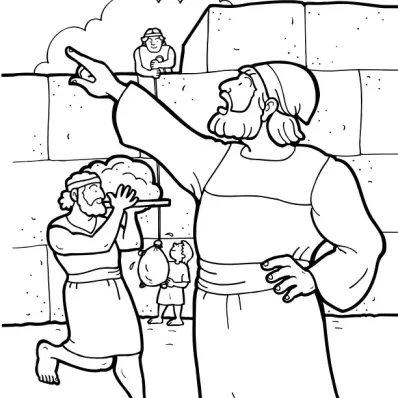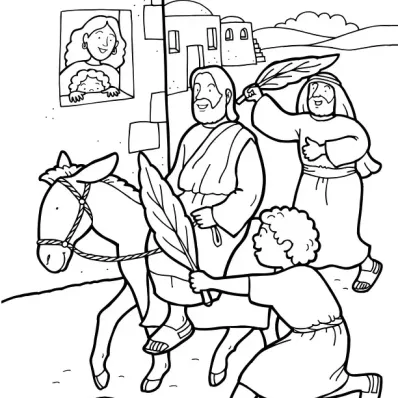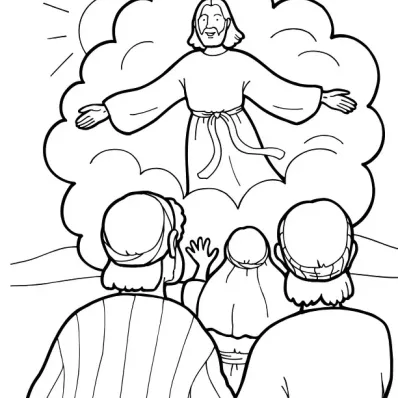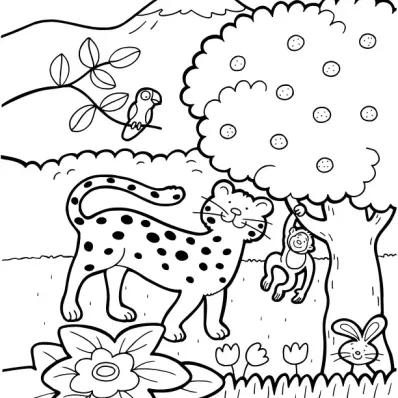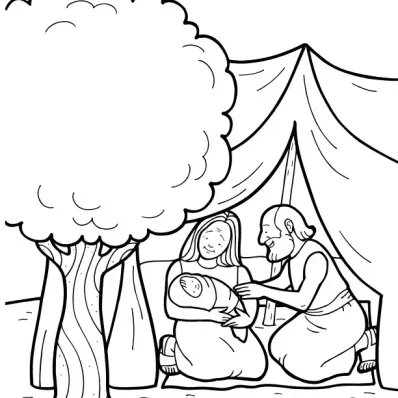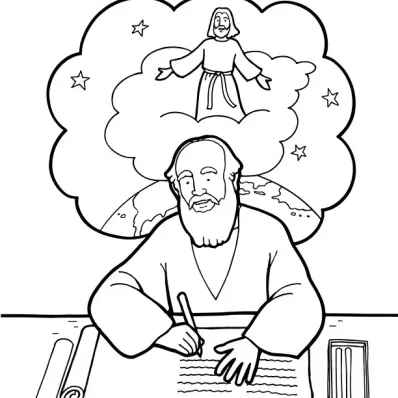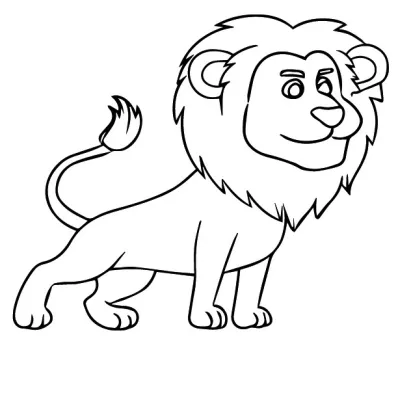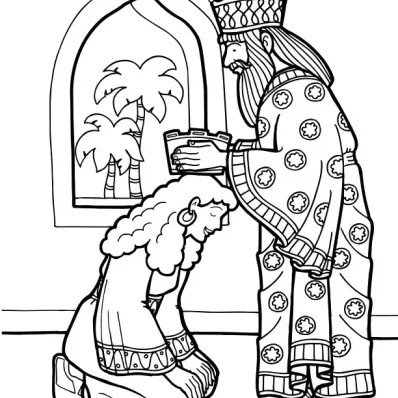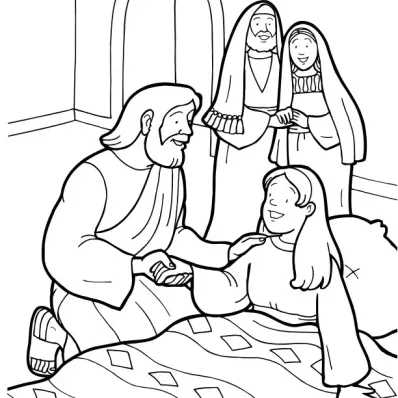In the Bible, the story of Noah's Ark is a well-known account of God's judgment and salvation. According to the book of Genesis, God saw the wickedness and corruption of humanity and decided to flood the earth, destroying all living creatures except for Noah, his family, and a pair of every kind of animal.
Noah had three sons - Shem, Ham, and Japheth - who were with him on the Ark. These three sons are significant in the story of Noah, as they represent the three branches of humanity that descended from Noah after the flood.
In the biblical account, Shem is regarded as the father of the Semitic peoples, including the Israelites and the Arabs. Ham is the father of the Hamitic peoples, who were believed to have settled in Africa and parts of Asia. Japheth is the father of the Japhetic peoples, who were believed to have settled in Europe and parts of Asia.
The story of Noah's three sons is significant in the Bible because it highlights the importance of unity and diversity within humanity. Despite their different backgrounds and lineages, Shem, Ham, and Japheth were united in their survival on the Ark and in their role as descendants of Noah. This unity and diversity are also emphasized in the genealogy of Jesus Christ, who came from the line of Shem and is the Savior of all people, regardless of their background or lineage.
Overall, the image of Noah's three sons represents the diversity and unity of humanity in the biblical account of Noah's Ark. It reminds us of the importance of respecting and celebrating our differences while recognizing our common humanity as children of God.



